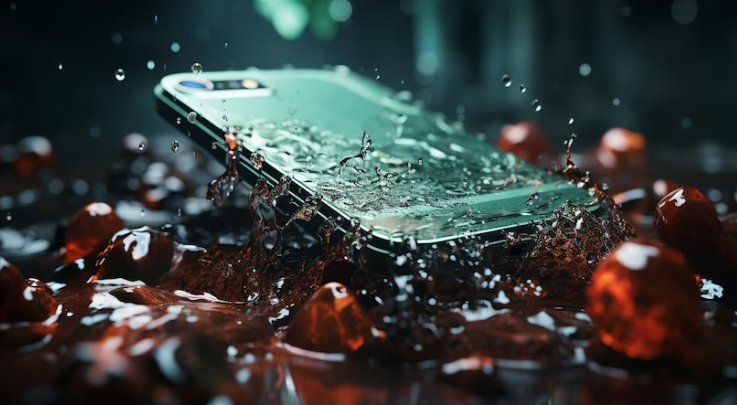Water damage is a common issue faced by smartphone users, whether it’s from accidental spills, drops in water, or exposure to moisture. When a phone gets wet, immediate action is crucial to prevent permanent damage. In this quick guide, we’ll explore steps you can take to fix water-damaged phones and increase the chances of salvaging your device.
1. Act Fast:
Time is of the essence when dealing with water damage. As soon as your phone comes into contact with water, remove it from the liquid immediately to prevent further exposure.
2. Power Off:
To avoid short circuits and potential damage to internal components, power off your phone immediately after removing it from water. Do not attempt to turn it on or use any functions.
3. Remove Accessories:
Take out any accessories such as cases, SIM card, memory card, and phone covers. This allows better airflow and access to the phone’s ports and components.
4. Dry the Exterior:
Use a soft, absorbent cloth to gently pat dry the exterior of the phone. Avoid using heat sources like hairdryers, as they can cause further damage.
5. Rice Method:
Place your phone in a bag or container filled with uncooked rice or silica gel packets. These desiccants can help absorb moisture from the device over time. Leave the phone in the rice for at least 24-48 hours.
6. Alternative Drying Methods:
Alternatively, you can use a vacuum cleaner on a low setting to gently draw out moisture from the phone’s ports and openings. Be cautious not to apply too much suction force.
7. Avoid Turning On:
Resist the urge to turn on your phone to check if it’s working. Doing so before it’s completely dry can cause irreversible damage and increase the risk of short circuits.
8. Professional Repair:
If your phone doesn’t show signs of improvement after drying, or if you’re unsure about attempting DIY methods, seek professional repair services. Certified technicians have the expertise and equipment to assess water damage and perform necessary repairs.
9. Testing:
After the drying period, insert the SIM card and power on your phone. Check for any signs of water damage, such as abnormal behavior, screen discoloration, or malfunctioning buttons. If everything appears normal, test the phone’s functions to ensure they are working correctly.
10. Prevention:
To prevent future water damage, consider using a waterproof case or pouch for your phone, especially in environments prone to water exposure. Avoid taking your phone near water bodies or using it in humid conditions whenever possible.
Conclusion:
Dealing with water damage can be stressful, but by following these quick steps, you can increase the chances of fixing a water-damaged phone and restoring its functionality. Remember to act fast, power off the device, and use drying methods like rice or silica gel. If DIY methods don’t work, don’t hesitate to seek professional repair assistance. Additionally, taking preventive measures can help protect your phone from water damage in the future.

